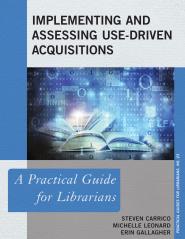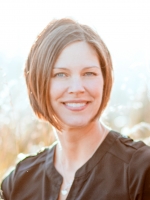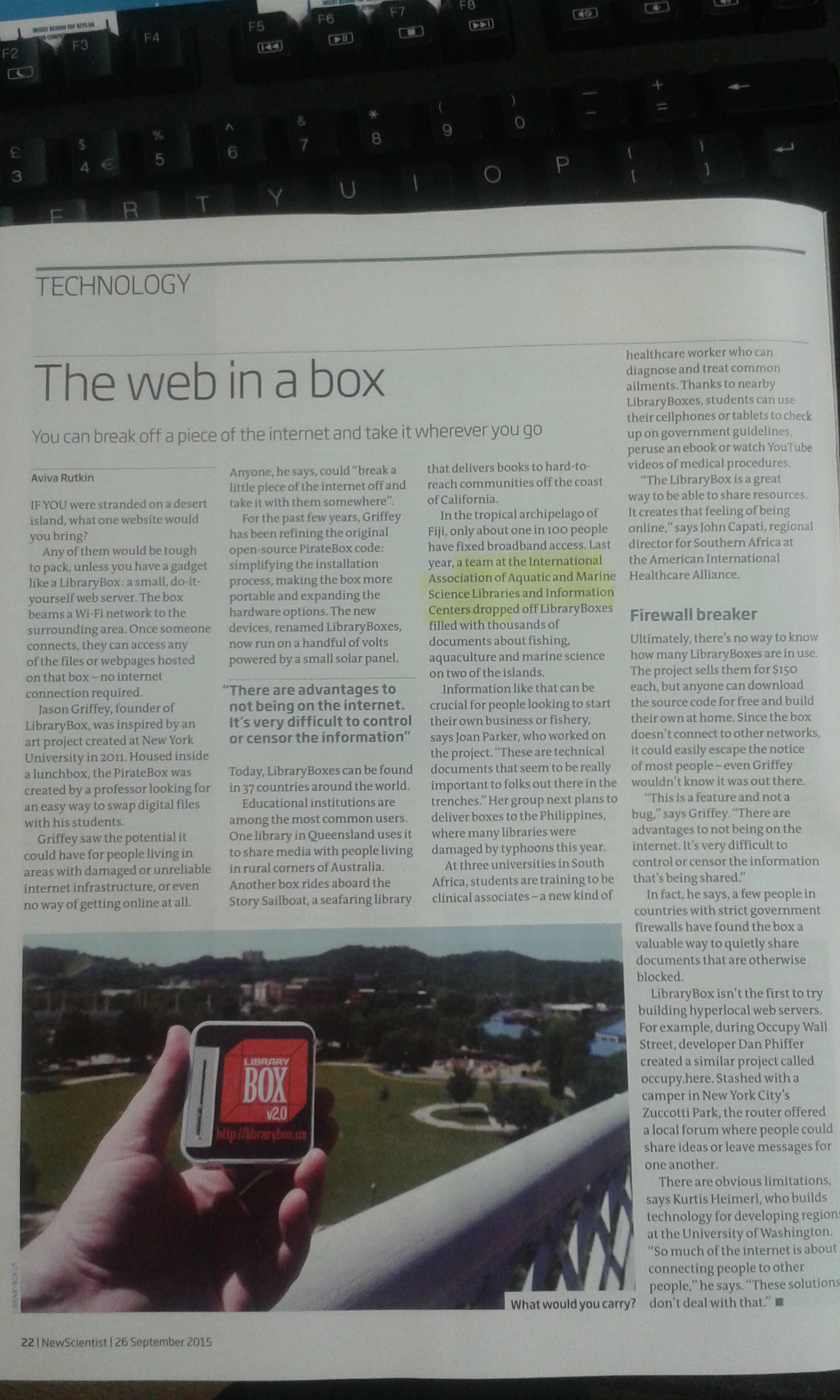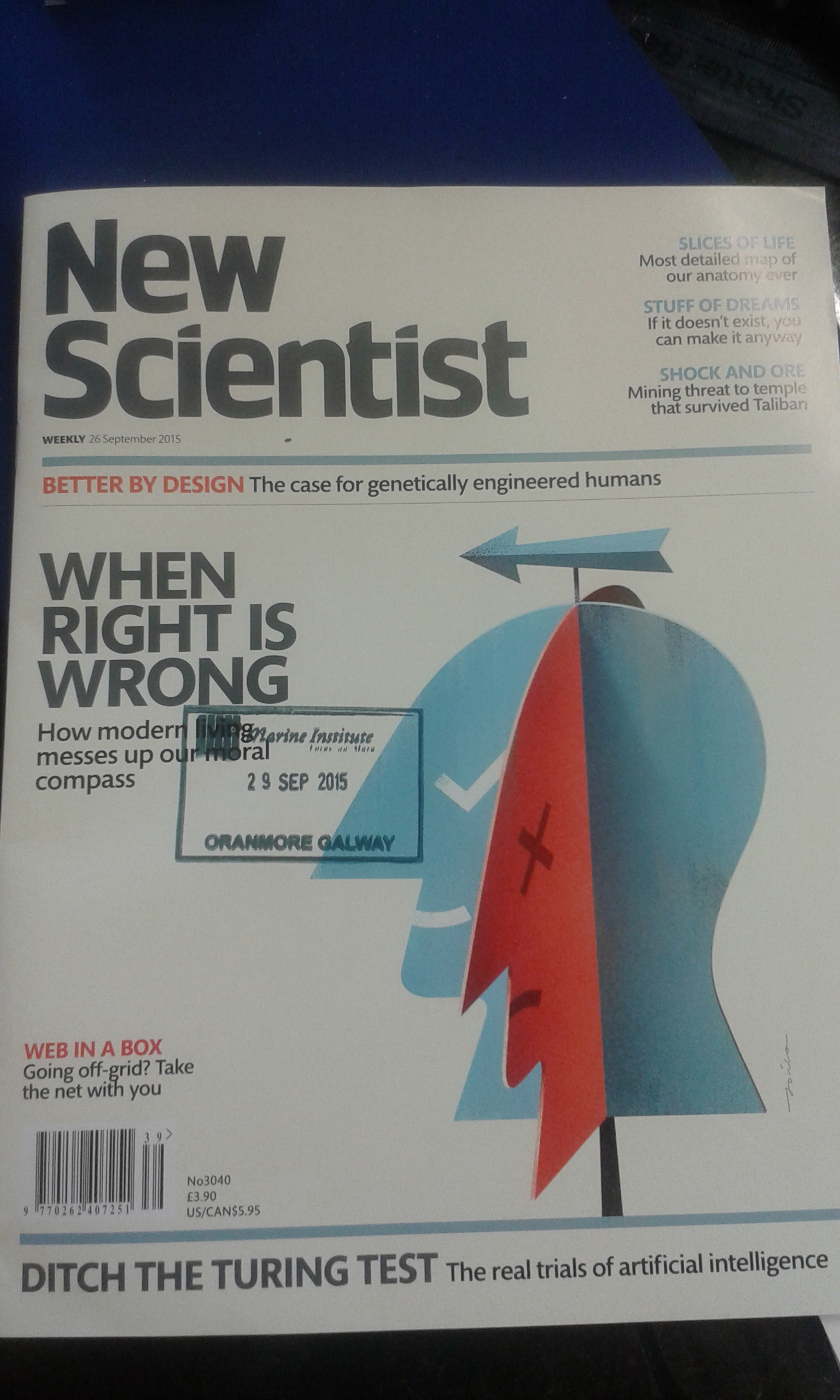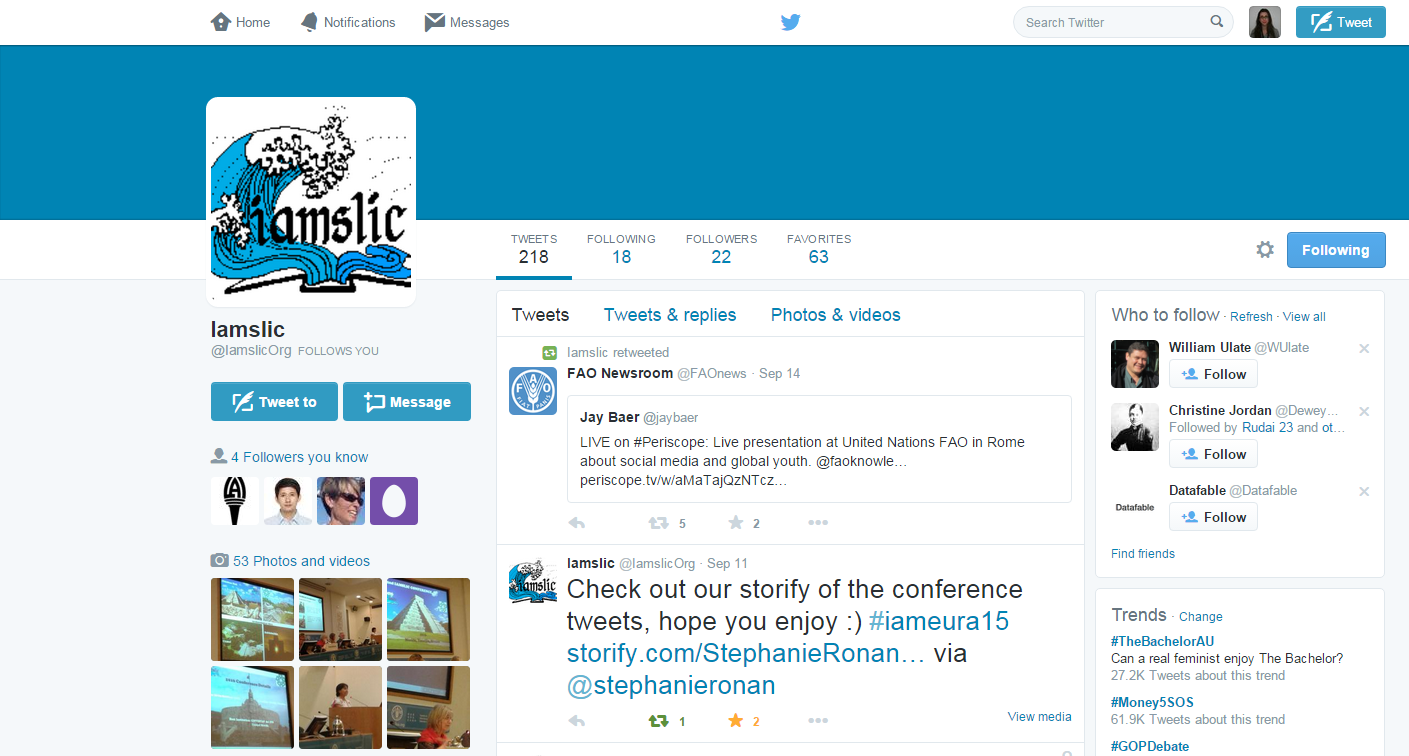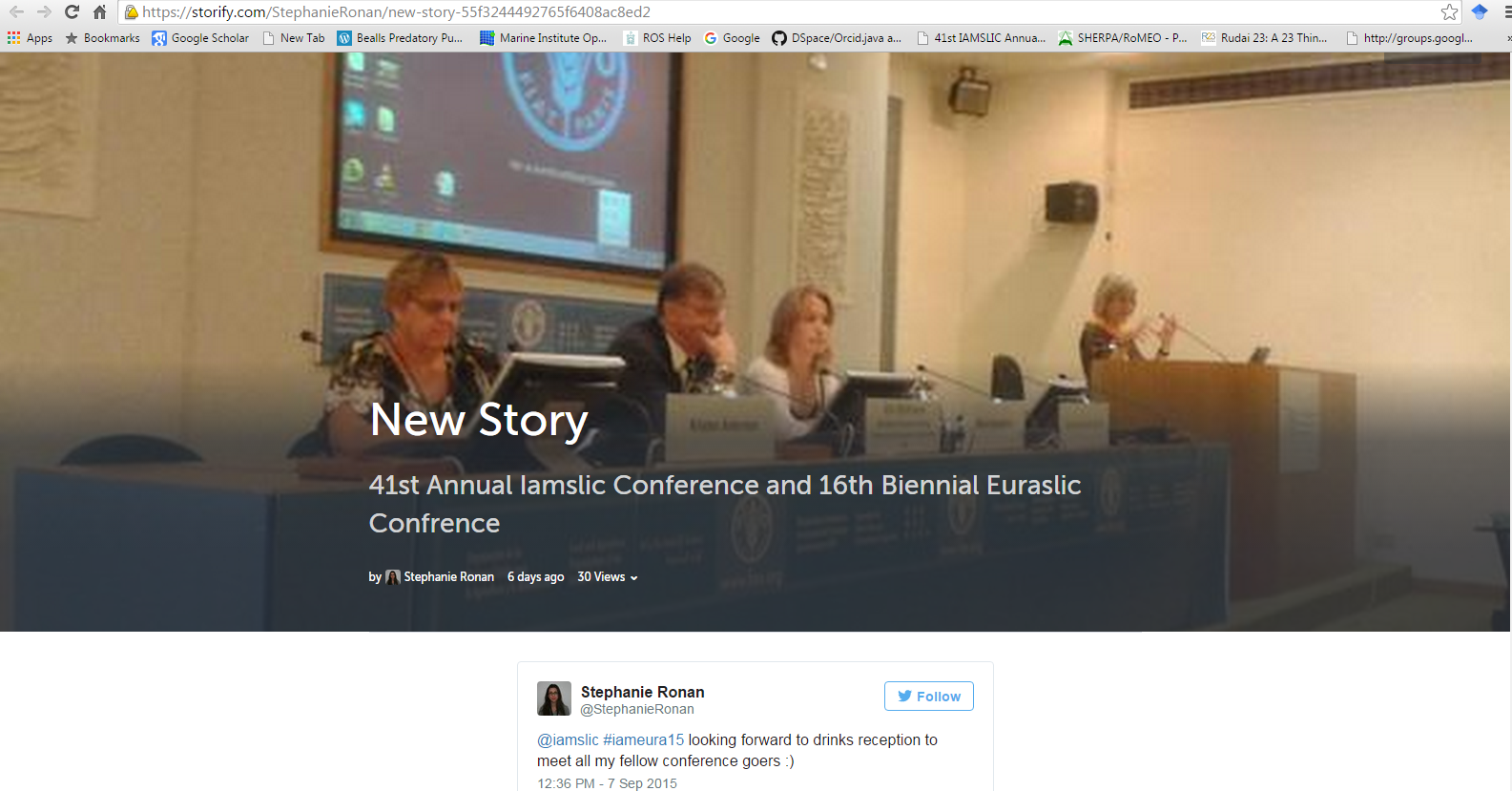Thursday – 10 September 2015
Submitted by Kris Anderson
Hey! It’s already day 3! Â How did that happen?
Day got underway with Barb Butler introducing Judith Conner who shared about Monterey Bay, California and their work with deep-sea data. Â They have remotely operated vehicles (ROV), with high definition cameras, that collect samples and video. Â Every sample whether physical or visual has metadata that includes where it was collected. Â The videos are all annotated so there are massive amounts of data to deal with. Â Video Annotation and Reference System (VARS). Â www.mbari.org/vars
MBARI just released a new Deep Sea Guide (dsg.mbari.org) which is a web interface that allows one to search the VARS data with a visual interface which includes taxonomic info, images, site collection data. Â There are many ways one might use the data.
Lisa Raymond followed with a description of how WHOI has been developing a semantic integration product to link open access data through repositories to make searching across all available materials more seamless. Â It is all very technical but the end result is contributing to the Dspace community and creating an environment where adding linking to other repositories becomes easier. Â Encourage your scientists to get an ORCID ID!
Michael Haft finished up the pre-break session with a discussion of the Freshwater Biological Association’s development of AEDA repository http://www.environmentdata.org  and FISH.Link the linked data initiative.  All focused to enable data sharing amongst the freshwater community.  The repository includes FBA publications and datasets, images, and NGO publications related to the environment.
Break! Â Yes, I got my espresso so I’m good to go. Â I would also like you to know we’ve been indulging in lovely fresh fruit and devilish little pastries, some enhanced with chocolate/Nutella, which I’m pretty sure are calorie free…
Back to the conference, Lyra Pagulayan of FishBase told us about the development of an e-library of aquatic biodiversity documents in the Philappines.
Besides the documents in FishBase and SeaLifeBase, the library will be searchable by GIS mapping. Â http://www.fin.ph
Closing out the morning presentations, Kateryna Kulakova, Olga Akimova, and Irina Kasenkova shared their thoughts and observations regarding librarianship. Â Kateryna lead off with collaboration is essential! Â CEERMar (CEERMar.org) is a joint repository project joining 13 libraries in 5 countries. Â The 70’s and 80’s of the Soviet time include fewer documents as there were different copyright rules. Â It is a preservation solution for rare books (though their scientists still want to touch the paper). Â Documents are scanned, OCRed, added to repository and linked to ASFA. Â Bib records in Cyrillic and English.
Olga spoke next and explained the long history of the Institute of Biology of the Southern Seas (IBSS).  She then described the IBSS repository http://repository.ibss.org.ua/dspace/  which has become very popular.
The VNIRO scientific institution was introduced by Irina who proceeded to remind us that no matter where you are, researchers need access to information and librarians need to work together to provide access and to help the researchers make their contributions accessible! Â VNIRO also has a repository to expedite this goal. Â http://vniro.com
What a great presentation ladies!!!
Actually everyone who spoke this morning is to be commended! Â Looking forward to the afternoon sessions.
But now it’s lunchtime!
Oh, so full, hope to stay awake…
Kristen LaBonte welcomed us back and then introduced the first speaker of the afternoon, Â Venugopalan Nottankandath.
Venugopalan gave us the history and goals of the International Collective in Support of Fishworkers (ICSF).  They both produce and collect documents which they have in a database that uses the WinISIS software.  Information in any format which affects fishworkers is gathered by ICSF and disseminated through the website, through trainings, and through push technology of the SAMUDRA news. http://www.icsf.net
Samuela Nakalevu was next and told the story of metadata creation practices for repositories in the Pacific and Asia. Â Samu began with a description of the Pacific region from his personal point of view and the description of Asia provided by collaborating author Daryl Superio. Â He went on to describe the survey they sent to repository owners and the responses they received. It was interesting to see who was responsible for the repositories, training, attention to copyright, distribution of file types, metadata choice and selection, controlled vocabulary used, and interoperability standard. In many cases the decisions were based on locally derived standards.
Alice Endra followed Samu. Â Alice is the librarian for the NaFIRRI library and shared the history and then the goals of the library. Â They found it necessary to create their own data division plan based on how their scientists thought. Â For example they cover many bodies of water but the scientists report on the specific part of that body of water so they broke the data for Lake Victoria by the Bays of the Lake. Â Alice also identified the issues that affect the efficiency of the library.
I am still awake and still full but once again it’s BREAK time and I have espresso on my mind…
But THEN I realized we are 20 minutes ahead of schedule so we are going to hear the first talk of the last session so we can be done early. Â We need as much time as possible to get pretty for the banquet!
Jaime Goldman jumped to the podium and introduced Geoffrey Salanje.  Geoffrey’s library had all publications in print so he described their project to digitize their publications.  Goals were to encrease exposure to local materials, preservation and conservation of rare publications and enhance the research process.  He had a flatbed scanner with a sheet feeder but it died and a fancy overhead scanner is on its way to Malawi.  So far about 350 publications have been scanned and added to Aquatic Commons.  They may also go to the LUANAR repository.  Challenges included no policies on open access or repositories as well as no  national coordination of repositories. MALICO – Malawi Library Information Consortium – is working to create policy.  Long term goals are to collect the print documents held by scientists, digitization of same plus the materials in the library, addition to Aquatic Commons, and marketing.
Got my espresso (x2) AND an evil little cream filled chocolate and sprinkle encrusted cookie! Â We shall not discuss the caloric potential…
Jaime called us back to order and called up Jen Walton. Â Jen provided great points and reasons why it’s an excellent idea to incorporate project management practices into library culture. For example: Set title, state objectives, establish roles and responsibilities, define scope, identify milestones/timeline, inventory resources. Â Good motivation!
Closing out this last full day of the conference is Michelle Leonard. Â Michelle talked about collection assessment. Â They do a number of interesting things – one I like is doing informal survey of library users where they write a question on a whiteboard at the library entrance. Â Anyone who sees the question is encouraged to write their answers on the whiteboard. Â When the time period for the survey is over they take a picture of the board and wipe it clean – ready for next survey. Â For example they asked what software patrons were using and purchased some online computer books on those products. Â She talked about the information you need for assessment, reasons why assessment is important, the uses of assessment and how to progress, but I’m going to let you read her paper to get all that.
Ready for the banquet? Â Here’s where we are going: http://www.ristoranteorazio.it/
I need to go comb my hair now and put on my party shoes!





